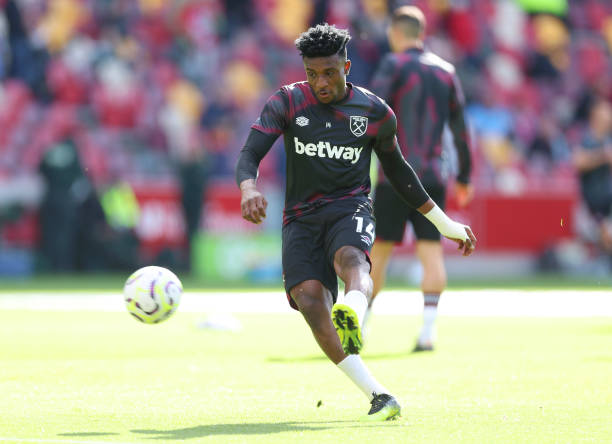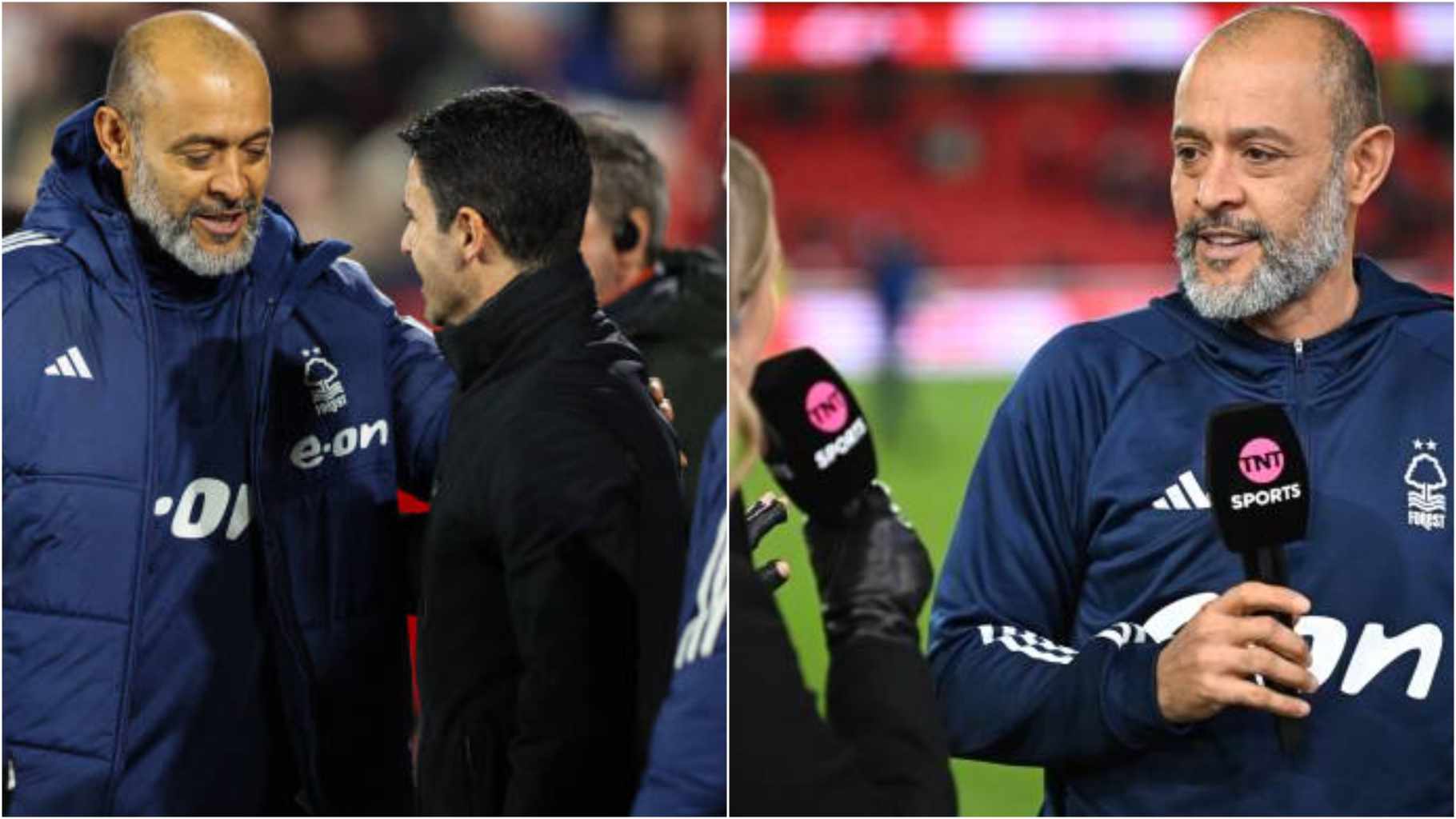West Ham United head coach Julen Lopetegui caused quite a stir today by making the surprising decision to substitute Mohammed Kudus at half-time during their 1-1 draw with Brentford.
While Kudus had a somewhat underwhelming first-half, the choice to replace him with Carlos Soler still raised eyebrows, with many questioning the tactical thinking behind such a move.
Kudus has not been at his electrifying best this season, which is perhaps part of the reason behind Lopetegui’s decision.

At 24 years old, the Ghanaian forward has all the raw talent and potential to be a key player for West Ham, but he has struggled to consistently deliver the kind of performances expected of him.
Criticisms of his play have surfaced, with some highlighting his tendency to hold onto the ball for too long, failing to lift his head and involve teammates as frequently as he should.
Nonetheless, Kudus remains one of West Ham’s most dangerous and unpredictable players.
His dribbling ability and physical strength bring something different to the team, a unique quality that the Hammers often sorely miss when he is not on the pitch.
That’s what made Lopetegui’s decision to take him off at the break so baffling for many fans and pundits alike.

Lopetegui, under scrutiny after the match, was pressed for answers as to why he made such a significant change at such a critical point in the game.
Speaking to reporters, the Spaniard explained his reasoning. “Lopetegui says he brought off Kudus at HT for tactical reasons,” reported The Athletic‘s Roshane Thomas.
Julen Lopetegui has suggested that Mo Kudus is not a team player, when asked about the early sub.
“It was a tactical decision. I was thinking we need that. I was thinking that was better for the team and we needed these kinds of changes. The second half we worked as a team.”
While Lopetegui may have been content with earning a point from the game, as evidenced by his late substitution of the attacking Jarrod Bowen for the more defensively-minded Andy Irving, his decision to remove Kudus remains perplexing.
Brentford’s players likely breathed a sigh of relief when they saw Kudus stay in the dressing room after the first 45 minutes.
Despite his less-than-impressive showing in the first half, his ability to change a game with a moment of brilliance is well known, and his absence in the second half certainly eased the pressure on Brentford’s defence.
West Ham, of course, managed to salvage a point from the match, but many fans felt that the game was there for the taking, especially after a more promising second-half display.

Lopetegui’s substitution of Kudus left many wondering what could have been if the Ghanaian had remained on the pitch, particularly given his match-winning potential.
One of the key issues, however, may lie in how Kudus is being utilised by Lopetegui. The head coach has frequently deployed Kudus on the left wing, a position that does not seem to bring the best out of the former Ajax star.
His strengths lie either on the right side, where he can cut inside onto his stronger left foot, or in the number 10 role, where he can influence the game centrally and drive forward.
Yet, Kudus is unlikely to displace Jarrod Bowen on the right, which leaves the number 10 role as the most suitable for him.

Why Lopetegui has not yet consistently placed him in that position remains a mystery, and it is a source of frustration for many who see Kudus as one of West Ham’s most important players.
Ultimately, for West Ham to reach their potential this season, they need Kudus playing regularly and firing on all cylinders.
But for that to happen, Lopetegui must find a way to get the best out of him, which begins with playing him in his strongest position.
The Spaniard’s decision-making regarding Kudus will be closely watched in the weeks ahead, with many hoping for a shift in approach that allows the Ghanaian to shine at his full capacity.






